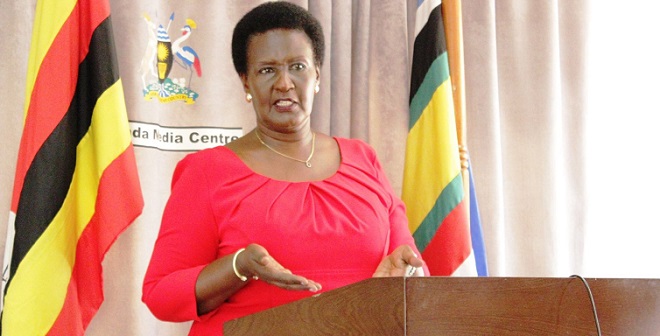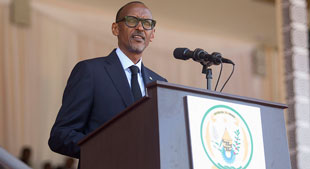
The main feature of the agreement is partial and gradual (asymmetric) opening of the EAC market to imports from the EU, taking full account of the difference in levels of development between the EAC and the EU.
There is immediate duty-free access to the EU market for all EAC exports, a ban on unjustified or discriminatory restrictions on imports and exports which contribute to the EAC’s efforts to eradicate more tariff barriers in intra-EAC trade.
The EAC has committed to liberalize the equivalent of 82.6% of imports from the EU by value. Under the EAC customs union, more than half of these imports are already imported duty free, not only from the EU but from the entire world. The remainder will be progressively liberalized within 15 years from the moment the EPA enters into force while 2.9% of it will be liberalized only within 25 years.
The EAC decided to exclude from liberalization of various agricultural products, wines and spirits, chemicals, plastics, wood based paper, textiles and clothing, footwear, ceramic products, glassware, articles of base metals and vehicles.
The liberalization on EAC imports resulting from the EPA will therefore be entirely manageable and spread over a long period of time. There is no risk either of EAC markets being flooded by the EU products or of any significant budget revenue shocks.
Ambassador Nathan Irumba, the regional executive director of the Southern and Eastern Africa Trade Information and Negotiations Institute (SEATINI) who spent close to 20 years in Geneva and New York negotiating trade deals on behalf of Uganda told The Independent on Sept. 23 that the stumbling block in the negotiations, at least for East Africa, revolves around the liberalizing schedule.
“Our industries are so young and we may not be able to compete with European industries,” he said adding that, “Given that we are trying to implement our industrialization policy, we feel that it will not be in the long term interest of East Africa.”
Irumba said this is the reason Tanzania has been dragging its feet to sign the partnership agreement.
Jane Nalunga, the country director of SEATINI in Uganda also told The Independent that it was not right for Kenya to sign and ratify the economic partnership agreement considering that the EAC has a common external tariff.
She said the economic partnership agreement at the moment still favours the EU more than the EAC and that is why nothing has changed.
Before the EPAs, the ACP countries had preferential trade arrangements with the EU but despite this opening, ACP countries rarely ever managed to fill the allowable export quotas to the EU under the “Everything but Arms” trade initiative.
This triggered the EU to switch from the “Everything but Arms” initiative to the EPA with the ACP countries arguing that preferential trade was not in compliance with World Trade Organisation (WTO) rules.
Uganda, for instance, has a 5,000 metric tonne quota for sugar but its exports to the EU never attained this amount, partly because of the EU’s stringent rules of origin and supply constraints.
The idea was therefore to push liberalisation further into the three regions for the benefit of European capital (exporters first, investors over the longer term), by creating a global market with the same rules everywhere. The ACP countries would supposedly reap more growth, jobs and technology transfer as a result.
 The Independent Uganda: You get the Truth we Pay the Price
The Independent Uganda: You get the Truth we Pay the Price


